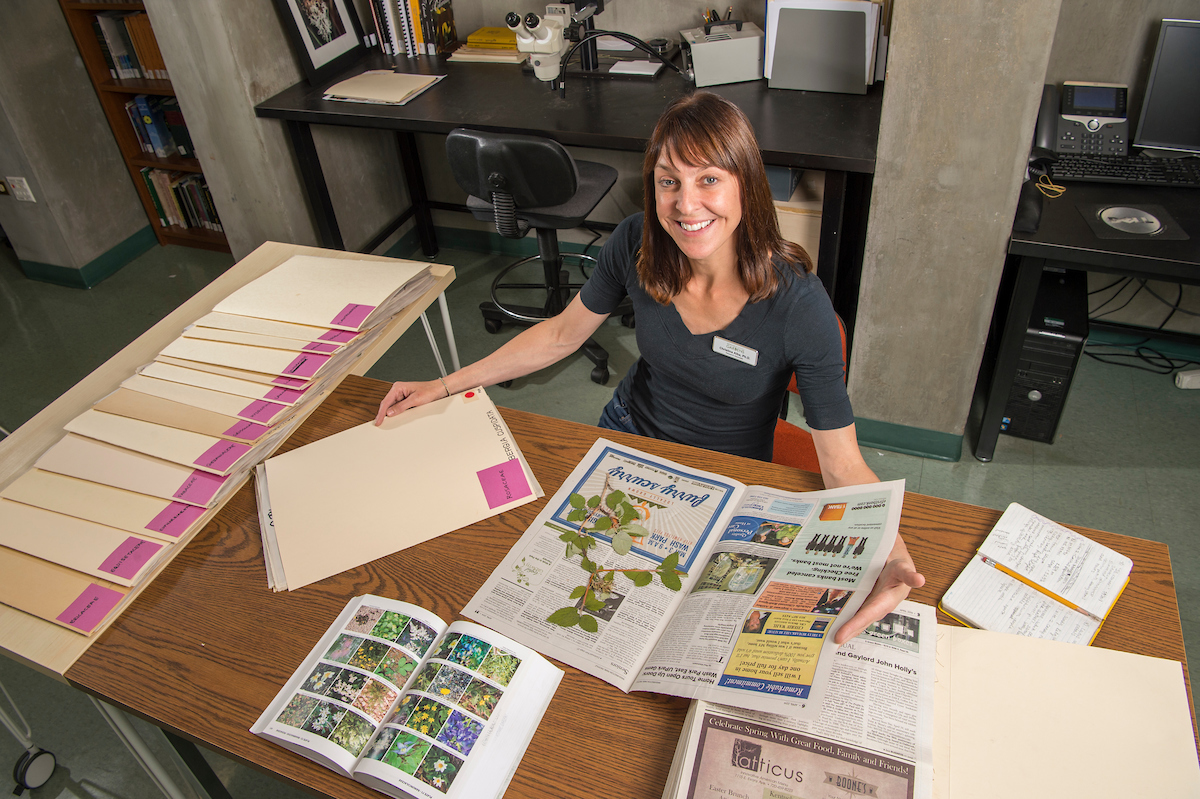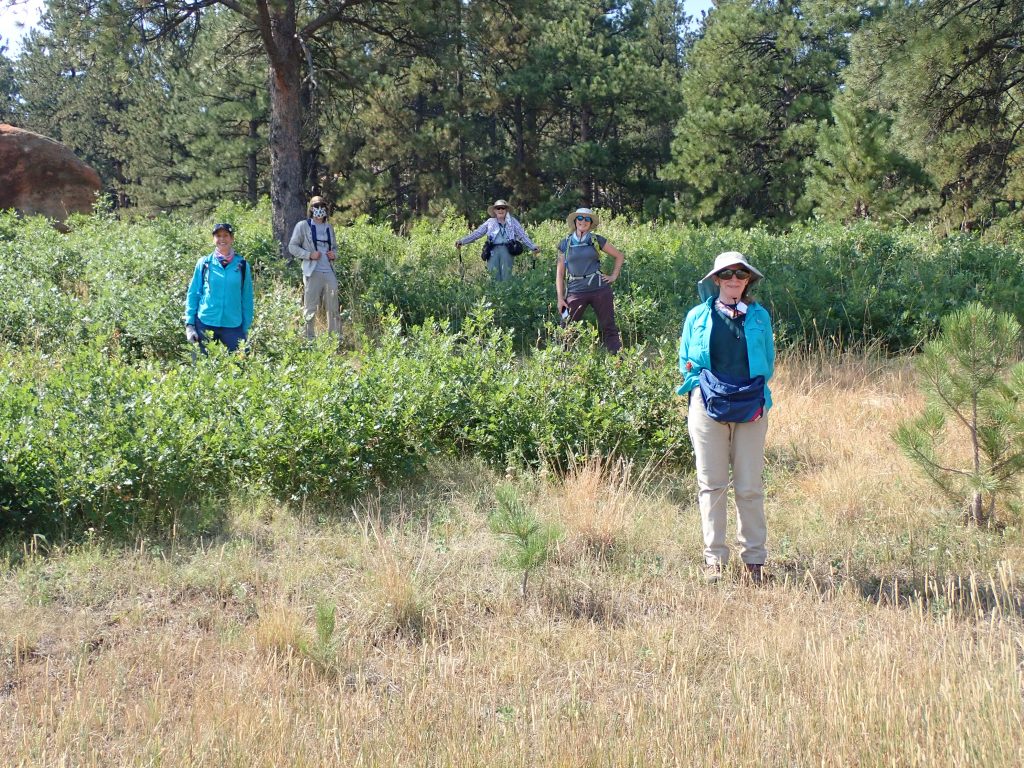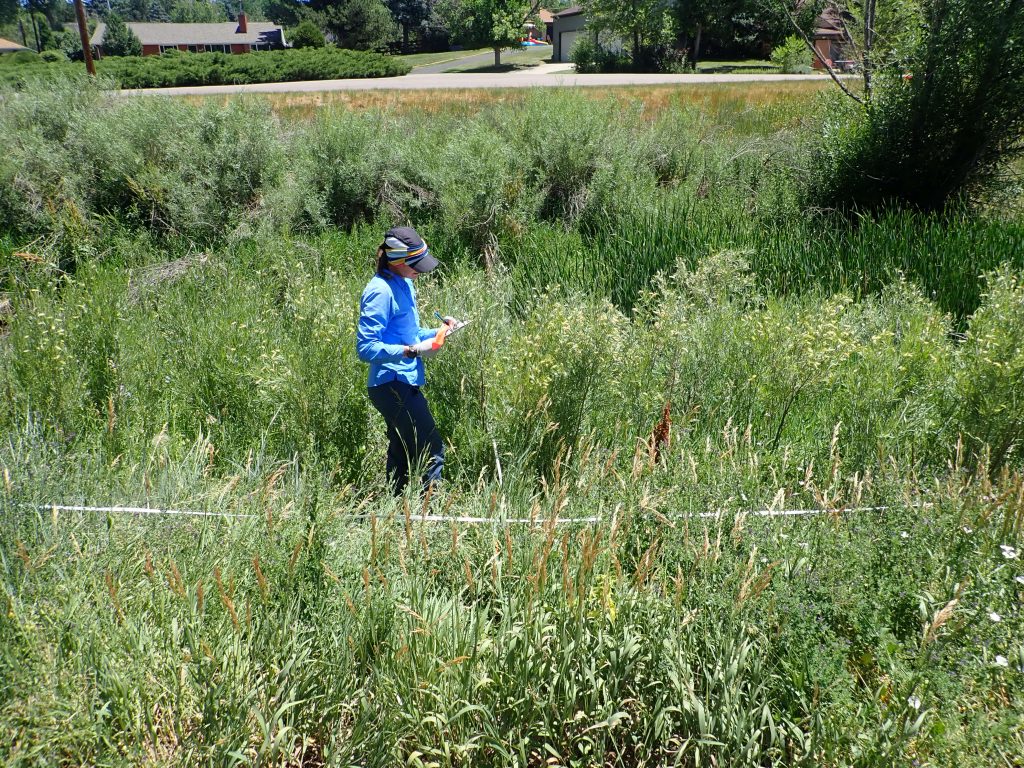Meet a Vegetation Ecologist
Christina Alba, PhD
Educational Background
I received both my master’s degree and PhD from the Graduate Degree Program in Ecology at Colorado State University. I then undertook two post-doctoral research fellowships: one at the Institute of Botany of the Czech Academy of Sciences and one at the University of Florida. An important aspect of my educational background is that my undergraduate degree is in creative writing and literature. My love of writing has been critical to my success as a scientist.
Current Position
Assistant Research Scientist in the Research & Conservation Department at Denver Botanic Gardens
Brief Description of Dr. Alba’s Career Path
One of my first jobs out of undergrad was working as an editorial assistant for a peer-reviewed journal called Geology (published by the Geological Society of America). Coming from a liberal arts background, I had only minimal exposure to the process of science. I was surprised to see what science looked like in action—it looked fun! I saw how the scientists who were publishing manuscripts got to travel and investigate research questions about which they were passionate. It made me realize that maybe I could make a living doing what I loved, which was spending time outside, exploring nature. I dipped my toe in with some night classes and eventually went back to school to pursue a career change.
Current Projects
Project 1
The first project is a botanical inventory that colleagues and I conducted on a newly acquired open space property in Colorado. We made natural history collections of each plant species that we encountered on the property, to be curated in perpetuity at the Kathryn Kalmbach Herbarium at Denver Botanic Gardens. Such collections are available for future research (e.g., genetic studies, taxonomic and systematic refinements, or phenological studies) and contribute to an avalanche of worldwide collections data that are used to study macro-ecological patterns. In addition to making these foundational collections, we provided open space managers with information about sensitive habitats and species that helped guide decisions about trail placement on the property.
Project 2
Another project that I am working on is exploring the effects of green stormwater infrastructure (GSI) on vegetation and soils along an urban canal and recreational greenway (the High Line Canal) near Denver, CO. This past summer we characterized baseline vegetation and soil characteristics before installation of GSI. This will allow us to track changes to canal vegetation and soil properties over time as the GSI changes the hydrologic regime. We will also be able to provide an ecological context for understanding the functioning of the GSI, as the in situ vegetation and soils will shape critical factors like water infiltration rates and pollutant removal.


